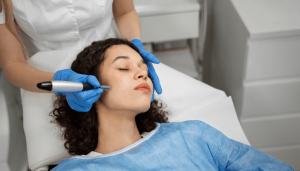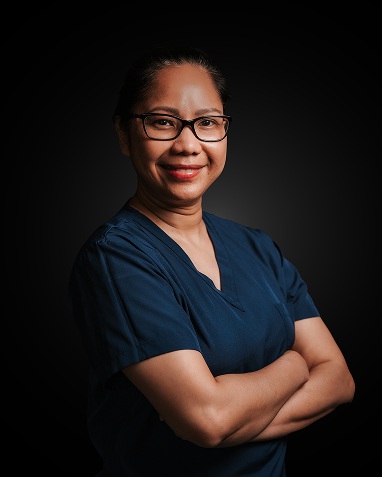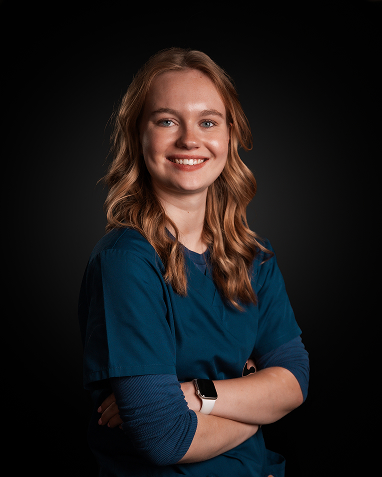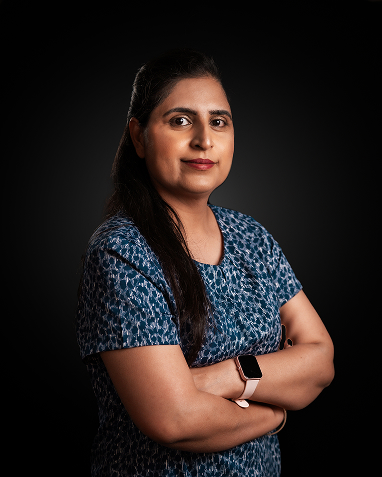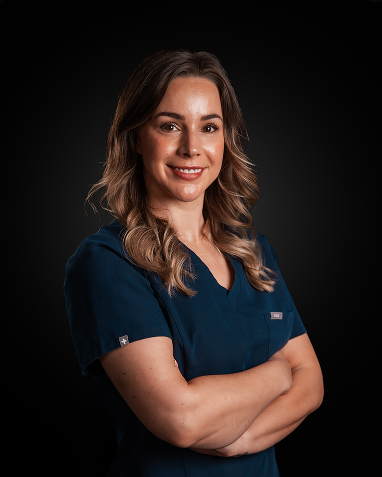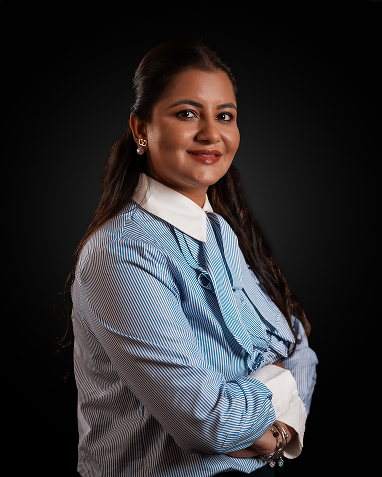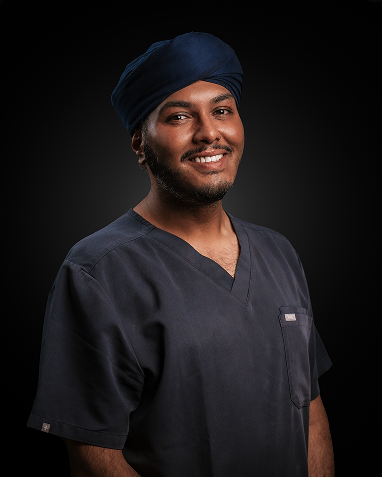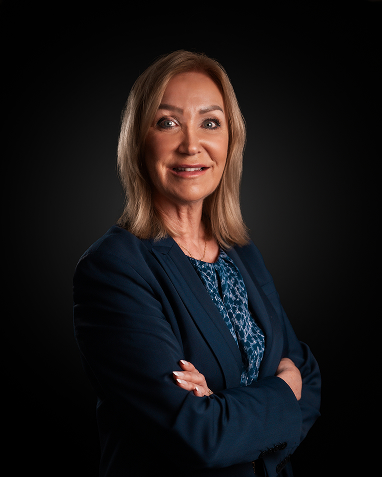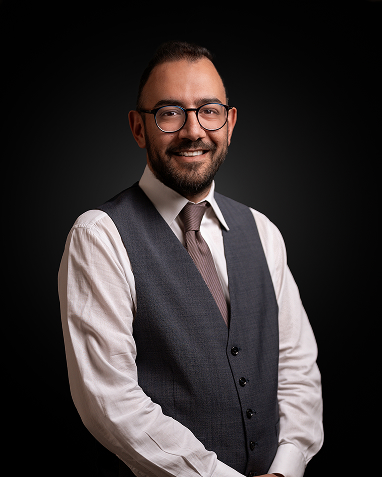Do you have your appointment and questions like how long do cheek fillers last are on your mind? Well, that’s normal and getting your queries answered is always good.
Cheek fillers offer a quick way to achieve a fresh, youthful look without surgery—Making them a popular beauty treatment. They help lift the face, reduce signs of ageing, and bring back that natural volume in the cheeks.
Read on this guide to check how long they last and what affects their longevity.
First, Let’s See How Long Does Cheek Filler Take To Settle
Cheek fillers typically take 1 to 2 weeks to settle completely in your face and bring the final results. Here’s the breakdown of what to expect while they settle in.
First Few Days After Treatment
It’s common to experience swelling, redness, or minor bruising around the injection sites. However, this usually subsides within the first three days and is considered a normal part of the cheek filler swelling stages.
1. Week After Cheek Fillers
By the end of the first week, most of the swelling and redness will be gone. Trust the process as the filler is settling in your tissues.
2. Weeks After Cheek Fillers
After about 2 weeks, the filler is usually fully settled. The cheeks should look natural and smooth, and any initial firmness from the procedure should have softened. You may see the final results then.
How long does it take for cheek filler to settle may not have the same answer for all—It depends on individual factors like type of filler and treatment aftercare.
Let’s Talk About How Long Do Fillers Last In Cheeks
If we get into numbers— Typically cheek filers last 6-12 months, but it varies with several factors.
Here’s the longevity of various types of cheek dermal fillers.
Hyaluronic Acid Fillers In Cheeks
These are the most popular cheek fillers. They generally last between 12 and 18 months. Some popular brands include Juvederm and Restylane. Gel-based filler’s thickness helps them stay in one place, creating volume in your cheeks.

Ready to achieve your aesthetic goals?
- CQC-Registered Clinic with Nationally Recognised Leadership
- Over a Decade of Surgical & Aesthetic Expertise
- Personalised treatment plans tailored to your needs
Collagen Stimulating Cheek Fillers
Fillers such as Sculptra and Radiesse can last for 2 years or more. They stimulate the skin to create more collagen, the natural protein that keeps it taut and fresh. They might be less dramatic initially but often last longer.
Factors Affecting Longevity Of Cheek Fillers
The main elements affecting how long cheek filler lasts in your cheeks are:
Hyaluronic acid fillers in your cheeks last 12-18 months as the gel adds volume and gradually breaks down. Collagen fillers last 2 years or more because they help build the skin’s support structure.
Injection Technique or Placement
Fillers injected deeper into the skin, closer to the cheekbones, tend to last longer than those placed nearer the skin’s surface.
Areas of the face that move a lot, like around the mouth, will see filler breakdown more quickly. However, the cheeks experience less movement, so cheek fillers last longer than any other face area.
Your body’s metabolism impacts how quickly the filler is absorbed. If you have a faster metabolism, the filler may break down faster. Your age and overall health also affect your metabolism, thus influencing how long cheek fillers last.
If your skin is thicker, your cheek fillers may last longer than those with thinner skin. This is because thicker skin holds the filler in place more effectively.
Excessive exposure to the sun, smoking, inadequate hydration and poor diet lead to faster absorption of fillers in your cheeks. As part of proper cheek filler aftercare, it’s important to choose healthy habits to prolong your results.
How Does The Cheek Filler Timeline Goes On?
If you are planning to get cheek fillers, it is helpful to know what to anticipate in the days and weeks following the injections:
First Few Days
Right away, after you get your cheek fillers, you may feel some puffiness in your cheeks, which can look puffier than you anticipated. This is normal and should subside within a few days.
1-3 Months Later
By the first three months, cheek fillers settle fully. You’ll likely see the best version of your results during this time. The initial swelling will be gone, and the fillers should look natural and smooth.
6-12 Months Later
Even at this stage, you may still have excellent results, especially with hyaluronic acid filler. However, you will likely notice some volume loss, especially if you have a fast metabolism.

Ready to achieve your aesthetic goals?
- CQC-Registered Clinic with Nationally Recognised Leadership
- Over a Decade of Surgical & Aesthetic Expertise
- Personalised treatment plans tailored to your needs
12-18 Months Later
With hyaluronic acid fillers, this is the time at which you may begin noticing the effects subtly waning. In the case of collagen-stimulating fillers like Sculptra, you can keep the results because new collagen has been induced in your skin.
18 Months – 2 Years Later
By then, you may need a touch-up to maintain the volume. If you used long-lasting fillers, you may still enjoy their effects, especially if you cared for your skin well.
Choosing The Right Doctor For Cheek Fillers
How long do fillers last in your cheeks depends on various factors; however, you may enjoy the results for 12-18 months or more. Choosing the right practitioner for cheek filler makes a big difference in achieving a lifted and youthful profile.
Book an appointment with the best Cheek filler in Leeds, ask for before-and-after photos, and discuss your needs openly with them. They will help you discover the best filler type for you.
Moreover, good aftercare and healthy habits make all the difference in extending your results!
FAQs
1. How often should you get cheek fillers?
You may need a touch-up for cheek fillers every 12 months to maintain the results.
2. Do cheeks go back to normal after fillers?
Yes, when the filler material breaks down after a few months, your cheeks get back to normal.
3. What happens when cheek fillers wear off?
When the cheek fillers wear off, your cheeks get back to normal. You may need another cheek filler session to get the lift back.
4. What are the disadvantages of cheek fillers?
Swelling, bruising, redness, and tenderness are mild side effects of cheek fillers. They resolve within 24-72 hours after the treatment.



